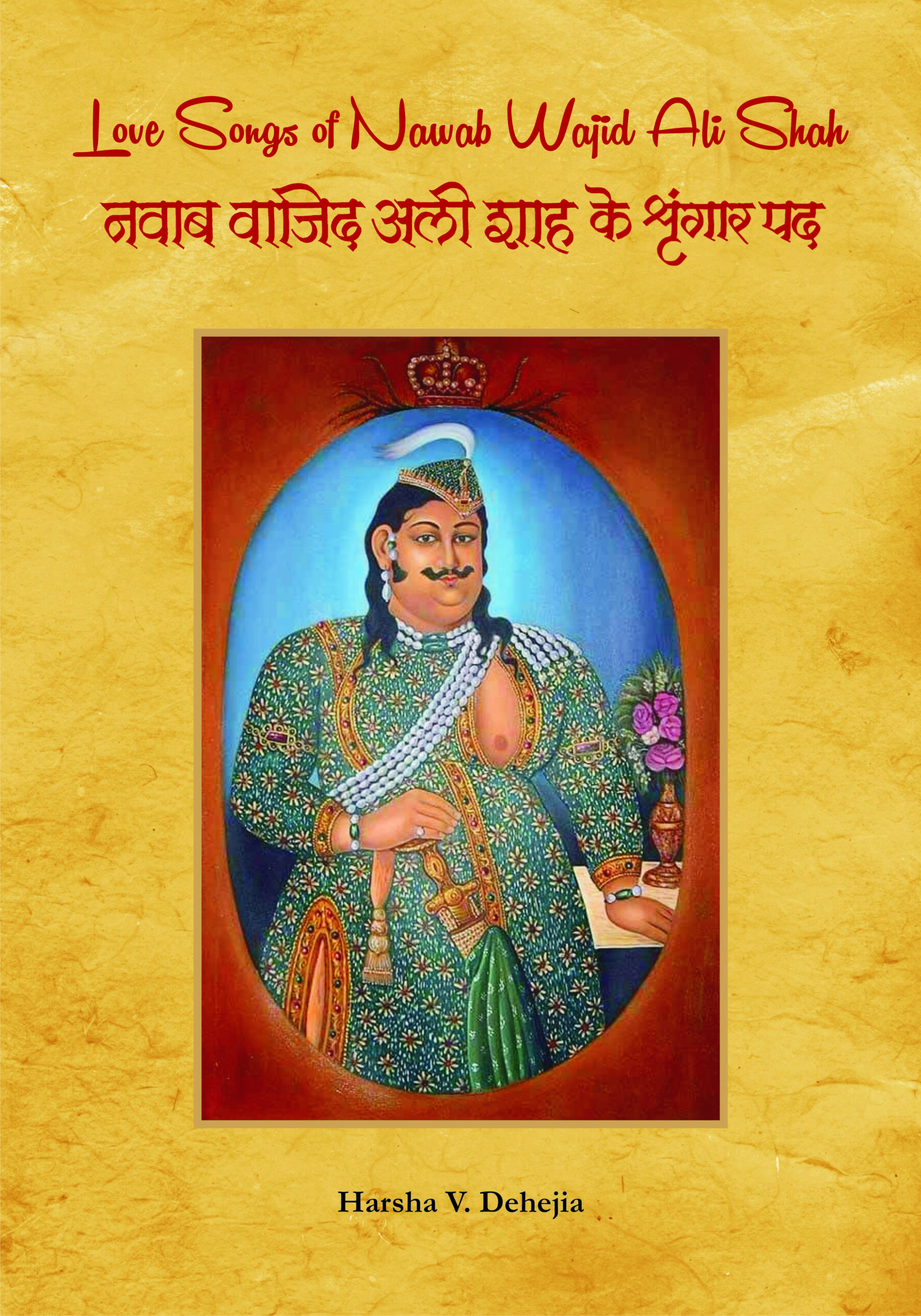Showing all 4 results
Exploring Medieval India through Persian Sources revisits medieval Indian history through eleven authoritative and resourceful papers presented in a national seminar held at the Department of History, Aligarh Muslim University in 2016 by scholars of repute. The Persian sources include political chronicles, biographical accounts, Insha literature, mystic literature (malfuzat, maktubat, etc.), dastur of Amal, farmans, nishan, parwana, foreigners’ accounts, vernacular literature, epigraphy, numismatic, archaeology and paintings.
These papers should generate interest among the researchers to further showcase the world many a facet of India’s unknown intellect and history.

This memoir deals with the varied aspects of Mughal numismatics, be it the problem associated with Mughal coinage, Akbar’s monetary system or his religious and economic policies, providing liberal education in the history of Mughal period.
This memoir contains twenty-four scholarly articles that are remarkable in many respects. First, the author’s extremely accurate knowledge of the Persian historians of India and that of the European travellers has enabled him to bring together a series of studies into this volume, which is an exhaustive list of all references bearing upon Mughal coinage. Second, it addresses all the problems related to Mughal coinage thereby putting to rest half of the controversies that have engaged numismatists during the past a half century. Third, it sheds light on Akbar’s monetary system and religious outlook, while providing liberal education in the history of Mughal period. The historian and the student of economics should find stores of valuable material in this memoir.

This impressively illustrated volume brings forth the evergreen spirit of a Muslim ruler of Awadh, Nawab Wajid Ali Shaw (1822-87), in composing love poetry taking a cue from the amorous Krishna leela and assimilating and practising the same in personal life. A trained Kathak dancer himself and a dedicated patron of poetry, painting and performing arts, Wajid Ali Shah immersed in the rasa of dance, music and drama, and got deeply indulged in the many an expression of shringar, while administering the political affairs of his state.
Recalling the different facets of Nawab Wajid Ali’s life, the book explores the state and fame of Lucknow, of his times, where the Nawab lived a life of refinement and pomp, and attracted the best talents in arts and crafts. It also portrays how were dance and music enjoying pride of place during his reign.
While presenting a penetrating account of Ali Shah’s poetry, the book revisits his musical scholarship, history of his times and presents his poems with English translation. It as well showcases the best paintings centring around his personal and cultural life, and guides one go through the religious and cultural harmony prevailed in Awadh where a lot of factors were at play effecting acculturation between the Hindus and the Muslims, popularly known as the Ganga-Jamuni tehzeeb.
This impressively illustrated volume brings forth the evergreen spirit of a Muslim ruler of Awadh, Nawab Wajid Ali Shaw (1822-87), in composing love poetry taking a cue from the amorous Krishna leela and assimilating and practising the same in personal life. A trained Kathak dancer himself and a dedicated patron of poetry, painting and performing arts, Wajid Ali Shah immersed in the rasa of dance, music and drama, and got deeply indulged in the many an expression of shringar, while administering the political affairs of his state.
Recalling the different facets of Nawab Wajid Ali’s life, the book explores the state and fame of Lucknow, of his times, where the Nawab lived a life of refinement and pomp, and attracted the best talents in arts and crafts. It also portrays how were dance and music enjoying pride of place during his reign.
While presenting a penetrating account of Ali Shah’s poetry, the book revisits his musical scholarship, history of his times and presents his poems with English translation. It as well showcases the best paintings centring around his personal and cultural life, and guides one go through the religious and cultural harmony prevailed in Awadh where a lot of factors were at play effecting acculturation between the Hindus and the Muslims, popularly known as the Ganga-Jamuni tehzeeb.
The immemorial systems, rules and customs of Ancient India were invaded, subdued and modified by a succession of foreign conquerors who imposed new rules and introduced an exotic creed, strange languages and a foreign art. Their invasion started with the raid of the Muslim Arabs in Sind and with the arrival of the Turks under Mahmud the Iconoclast at the beginning of the eleventh century, India entered upon her Middle Age. This volume talks about the Indian history of over a 1,000 years, from 712-1764 with the raid of the Arabs in the Sind to the decline of the Moghul empire, featuring the Turks, Persians and Afghans (Moghuls) and specifies that the age-old Indian life outlived the shock of the new ideas, religion and culture that were imposed on India’s polity. India never assimilated the foreigners or their ideas. Barring Akbar the Great, that too at a minuscule level, no one could make much influence on them. Therefore, these foreigners remained essentially as an army of occupation among a hostile or repellent population, making the history of the Mohammedan Period more of a chronicle of kings, courts and conquest than of organic or national growth, stimulating and instructive.
| × |
|
MAHAMUDRA AND ATIYOGA 1 x ₹585.00 |
| × |
|
An Introduction to Jain Philosophy 1 x ₹1,440.00 |